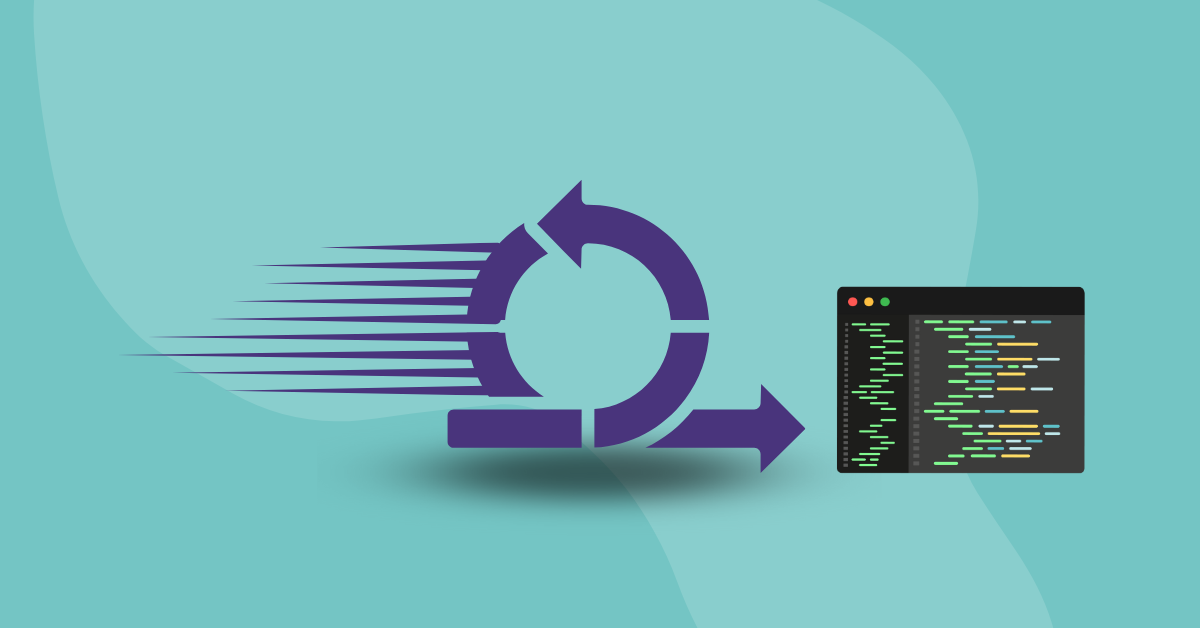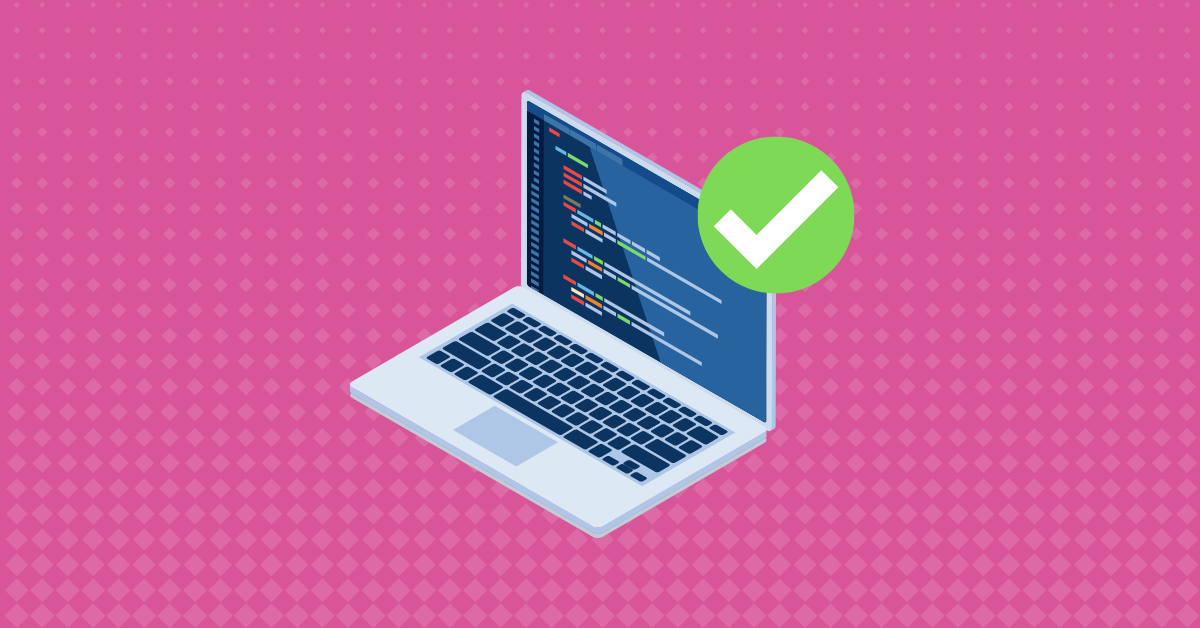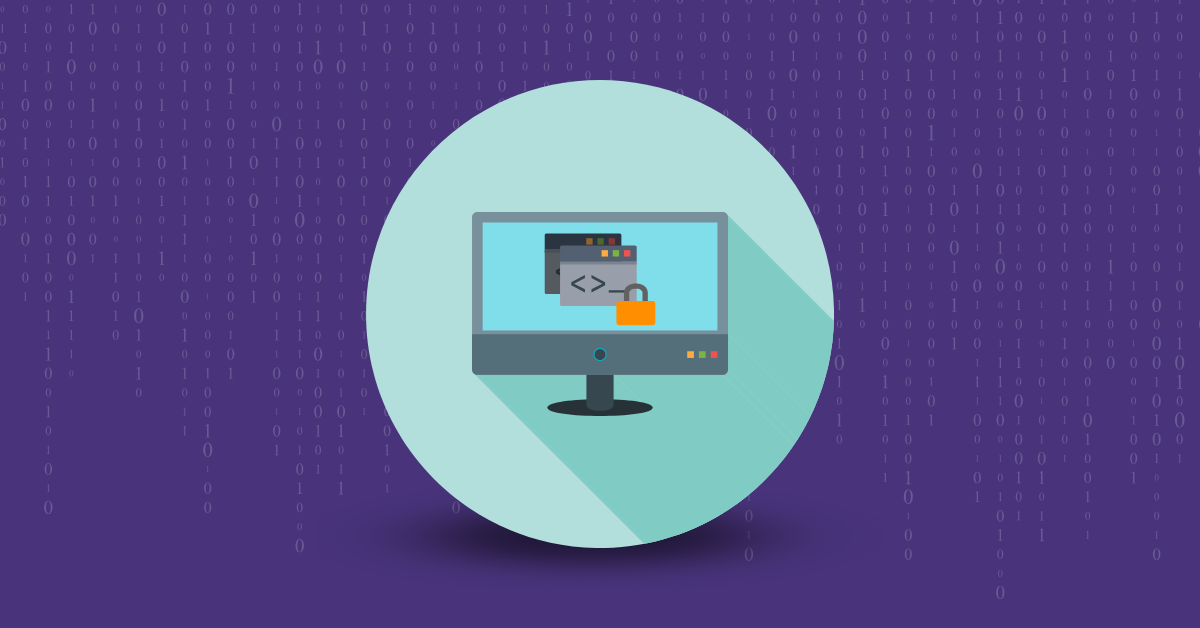

One of the most important parts of software development is ensuring that your code is protected as much as possible from a wide range of threats. The number of cybersecurity breaches is going up, which is spurring many companies to raise their cybersecurity budgets.
But you can implement many of your most effective protections during the coding and testing process to prevent issues from popping up before your application ever launches. Today we’re going to share some of our favorite secure coding techniques that will help close vulnerabilities and guard against cybersecurity threats.
Input validation is a security measure that helps protect against a range of attacks, such as SQL injection, cross-site scripting (XSS), and buffer overflow. Always validate your input data to make sure it meets the expected format, length, and range. Also be sure to use whitelisting for input validation wherever possible to prevent any unexpected inputs.
Implement strong authentication mechanisms to verify the identity of users accessing your application. Use multi-factor authentication (MFA) to add an extra layer of security. Additionally, use authorization controls to ensure that users have the appropriate permissions to access specific resources or perform certain actions.
Secure communication is essential for protecting any of the data you’re transmitting over networks. Your team should always use basic communication protocols such as HTTPS to encrypt data in transit. You also need to ensure that certificates are valid and properly configured to prevent man-in-the-middle (MITM) attacks.
Proper error handling is important for security as well as usability, so you’ll want to implement detailed error messages for developers and generic error messages for users. Another secure coding best practice is to avoid revealing sensitive information in error messages, as they can be used by attackers to exploit vulnerabilities.
Make sure your team configures the application and underlying infrastructure to reduce the risk of security breaches. This includes disabling unnecessary services and features, changing default settings, and using strong authentication and access controls.
Your team should use strong encryption algorithms and key management practices to ensure that your data is secure from unauthorized access. Also, be sure to implement data minimization practices to only collect and retain the data necessary for your application.
Regular security testing, such as penetration testing and code reviews, is essential for identifying and addressing security vulnerabilities in your application. It helps ensure that your application is secure against the latest threats and vulnerabilities.
Always keep your software and dependencies up to date with the latest security patches. Vulnerabilities in third-party libraries or components can be exploited by attackers, so it’s vital to stay current with updates. You can use automated patch management tools to streamline the patching process and save time.
A secure coding standard that can often be placed on the back burner is education. It’s vital that you regularly update developers, testers, and other stakeholders on the latest secure coding practices. Training programs and workshops can help raise awareness, ingrain secure coding standards, and reduce the risk of security incidents.
When reading from or writing to files, make sure that file paths are validated and sanitized to prevent path traversal attacks. Your team should use file permissions to restrict access to sensitive files and directories. You should also consider using libraries or frameworks that provide secure file operation functions.
When interacting with databases, use parameterized queries or prepared statements to prevent SQL injection attacks. Make sure to avoid linking user input directly into SQL queries, as that can expose you to vulnerabilities. It’s also important to ensure that your database access credentials are stored securely and are not exposed in configuration files.
Always be sure to use reputable third-party libraries and keep them up to date with the latest security patches. Check that your libraries are obtained from official sources and haven’t been tampered with. You should also set a schedule to check for vulnerabilities in third-party libraries and update them as needed.
Be sure to implement secure session management practices, such as using unique session IDs, encrypting session data, and expiring sessions after a period of inactivity. Also, consider using frameworks that provide built-in session management features to simplify implementation.
Always verify that sensitive information is not logged, especially in clear text. Use logging frameworks that support encryption and redaction of sensitive data, and log only the necessary information for debugging and auditing purposes. Don’t forget to regularly review logs for security incidents.
Conduct regular code reviews to identify and fix security vulnerabilities. Involve team members with security expertise to ensure thorough reviews. Use automated code review tools to supplement manual reviews and identify potential security issues early in the development process.
Always follow secure deployment practices, such as using secure configurations, restricting access to deployment environments, and monitoring for unauthorized changes. Be sure to secure communication channels for deploying updates to verify that they’re not intercepted or tampered with during transit.
When developing APIs, use authentication and authorization mechanisms to control access. Validate input data to prevent attacks such as parameter tampering and injection attacks, and implement rate limiting and other security controls to protect against API abuse.
Kiuwan offers a comprehensive suite of tools and services to help you improve the security of your software throughout the development lifecycle.
Ready to improve the security of your software? Start a free trial of Kiuwan and see how our secure coding guidelines and best practices can help you build more secure applications.


